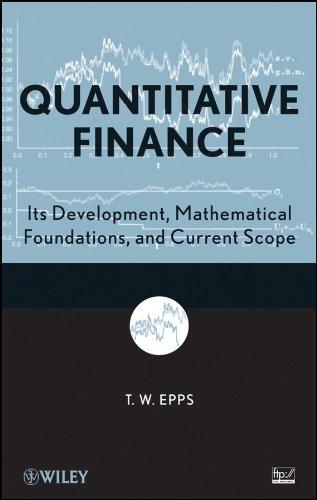6. Suppose the Bank of Canada buys $5 million worth of government securities from BMO, a commercial bank. a) Using T-account analysis, show what happens to the balance sheets of the BoC and BMO immediately. b) If BMO does not want to hold any excess reserves, it will make more loans. Show the change for its balance sheet reflecting this lending. c) Using T-account analysis, show what happens to the balance sheet of the BMO when the borrower withdraws cash from BMO. d) What is the net change for the balance sheet of BMO after the withdrawal? Show the T- account. 7. (This question follows Q6.) Use the following notation: C is currency in circulation outside banks, R is bank reserves, D is deposits, L is loans, MB is the monetary base, Mis total money supply, r is the required reserve ratio, and c is the currency-to-deposit ratio. Assume c = 0.05 and r=0.2. Suppose all commercial banks hold zero excess reserves. Following the $5 million open market purchase, what will be the change of C, R, D, L, MB and M after the money supply process is completed? Calculate: m AD AL = AMB = AM = 6. Suppose the Bank of Canada buys $5 million worth of government securities from BMO, a commercial bank. a) Using T-account analysis, show what happens to the balance sheets of the BoC and BMO immediately. b) If BMO does not want to hold any excess reserves, it will make more loans. Show the change for its balance sheet reflecting this lending. c) Using T-account analysis, show what happens to the balance sheet of the BMO when the borrower withdraws cash from BMO. d) What is the net change for the balance sheet of BMO after the withdrawal? Show the T- account. 7. (This question follows Q6.) Use the following notation: C is currency in circulation outside banks, R is bank reserves, D is deposits, L is loans, MB is the monetary base, Mis total money supply, r is the required reserve ratio, and c is the currency-to-deposit ratio. Assume c = 0.05 and r=0.2. Suppose all commercial banks hold zero excess reserves. Following the $5 million open market purchase, what will be the change of C, R, D, L, MB and M after the money supply process is completed? Calculate: m AD AL = AMB = AM =







